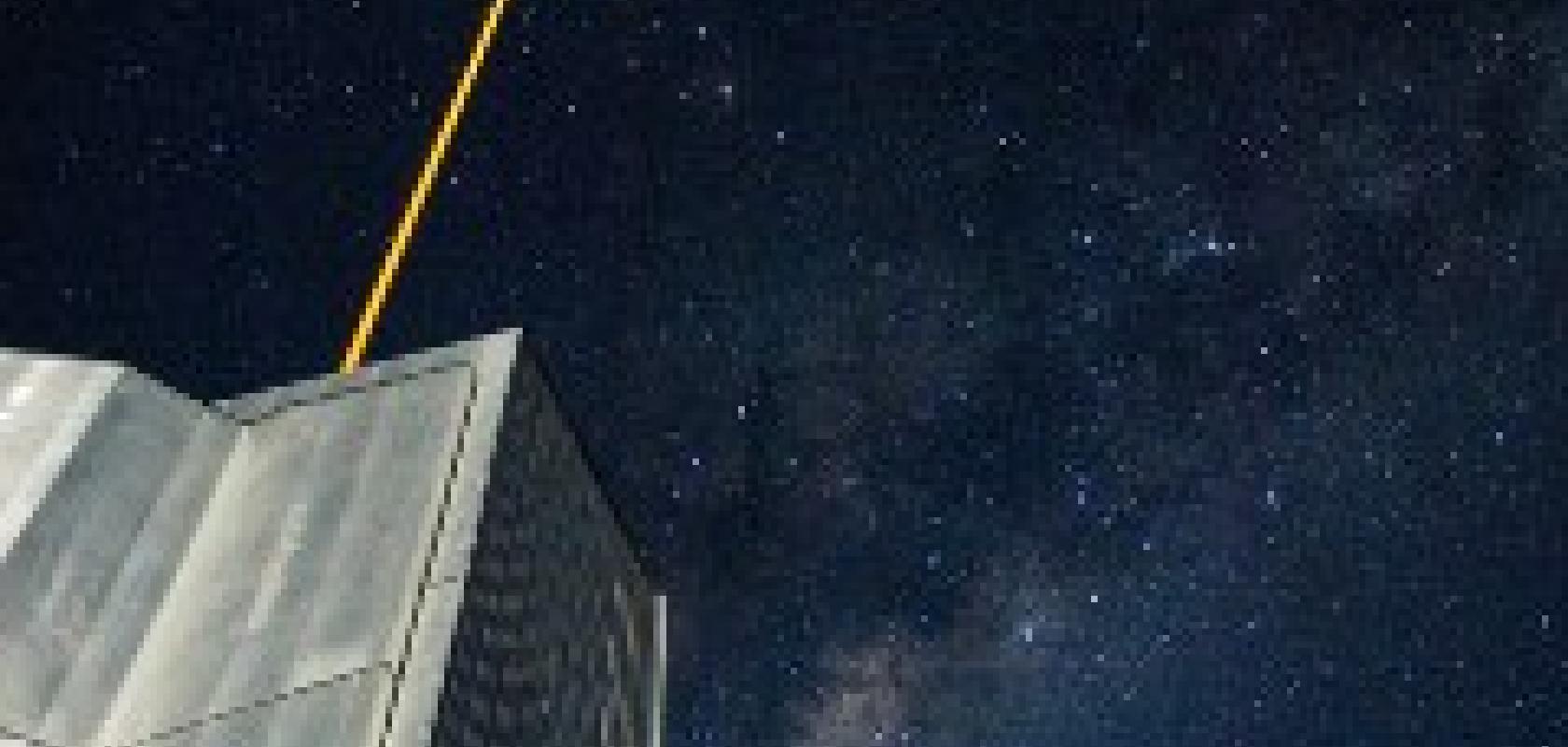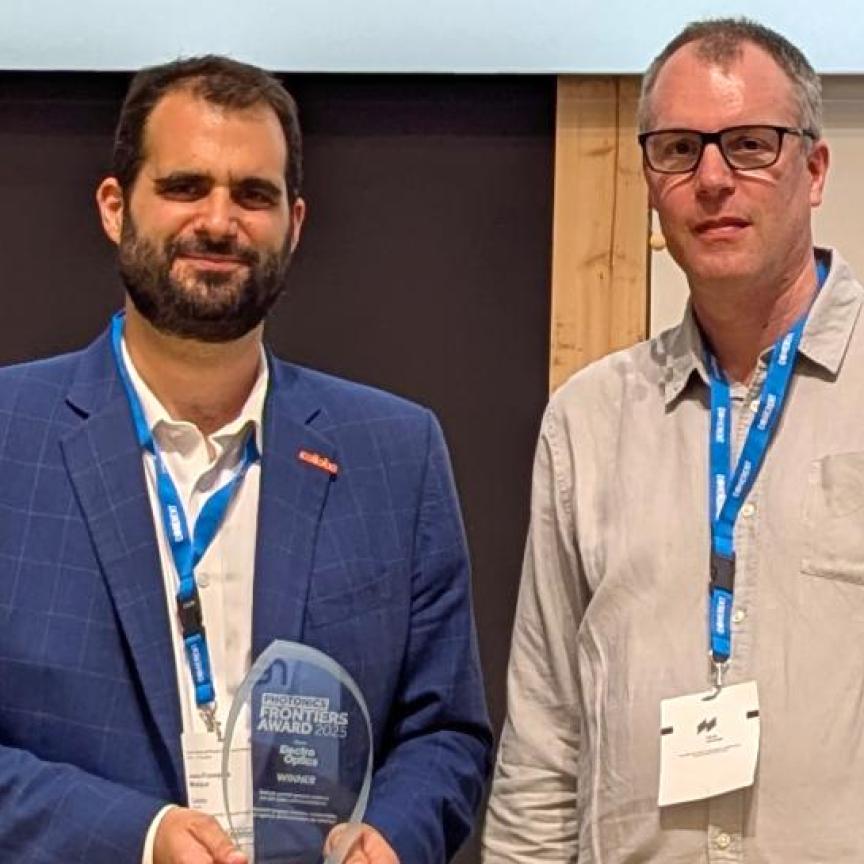The Very Large Telescope (VLT) of the European Southern Observatory (ESO) at Paranel, Chile, will be equipped with four CW high power laser guide stars from Toptica. The ESO will now be able to take advantage of narrow band and diffraction-limited laser light sources of more than 20W exactly on the sodium resonance at 589nm.
Toptica has joined forces with Canadian company MPB Communications on the project. A combination of a novel narrow-band Raman fibre amplifier approach at 1,178nm developed by MPBC subsequently is converted to 589nm by resonantly enhanced frequency-doubling technology. Based on Toptica's scientific product series, conversion efficiencies of more than 80 per cent have been demonstrated.
Until now, mainly dye lasers or sum mixing of solid state lasers were used to generate powerful CW laser guide stars. This kind of laser, however, is much less efficient, limited in optical output power and extremely demanding in maintenance. The situation has changed by the EFRA technology developed at ESO's Laser Department over recent years, representing a major breakthrough in the field of fibre Raman lasers and enabling new, compact and ruggedised approaches to the old problem of high power lasers at 589nm. Toptica, as a licensee of the ESO technology, emphasises that other visible wavelengths can be covered with much higher powers through the latest results.
Over the next three years, Toptica and MPBC will build four robust, compact, turn-key complete laser systems, including active wavelength stabilisation, for the ESO. They will be installed into the existing telescope structure of the VLT, and the 20W fundamental mode laser sources are designed to provide the backbone of the VLT Adaptive Optics Facility for many years to come.


